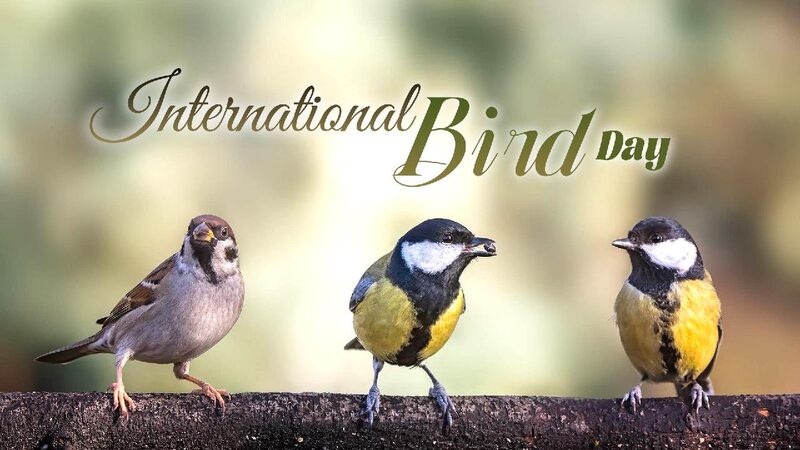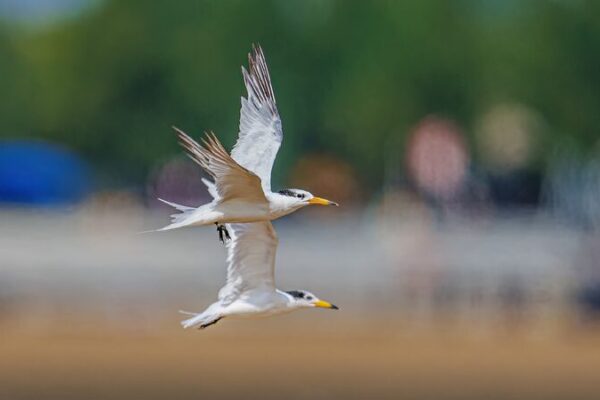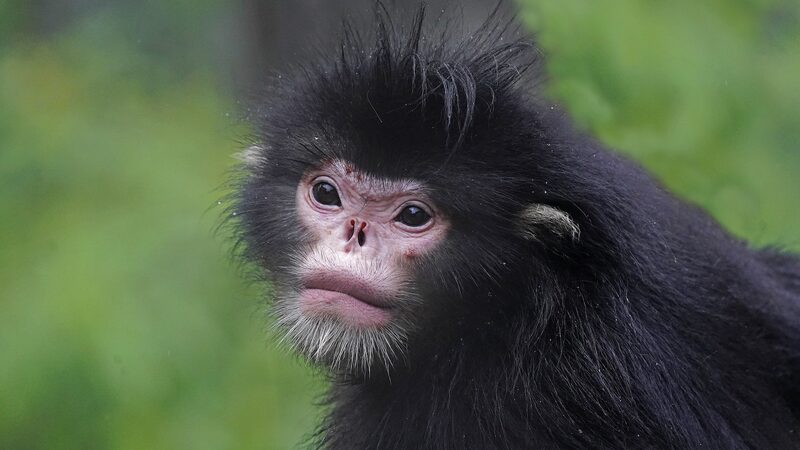Protecting Birds: A Flight Towards Ecological Balance
Every year on April 1, people around the world celebrate International Bird Day to recognize the incredible role birds play in maintaining the balance of our ecosystems. From controlling pests to preventing diseases, birds are essential to our planet’s health.
“Birds are important for maintaining ecological balance and security, and they play significant ecological roles that ultimately benefit human well-being,” says Jia Yifei, a researcher at Beijing Forestry University’s School of Ecology and Nature Conservation.
But despite their importance, birds are facing numerous threats. China, which is home to over 1,500 bird species—about 13 percent of the world’s total—has made significant strides in bird conservation. However, challenges like habitat loss due to urbanization and agriculture continue to fragment ecosystems. Climate change disrupts migration patterns and leads to extreme weather events, making survival harder for many species. Pollution, illegal hunting, and invasive species like smooth cordgrass further endanger bird populations.
To combat these threats, China has implemented extensive measures to protect birds. This includes establishing nature reserves specifically aimed at safeguarding migratory birds, launching monitoring programs, and initiating conservation actions for specific species. Public awareness campaigns and stricter law enforcement have also played key roles in these efforts.
Beijing, the capital city located along the East Asian-Australasian Flyway, boasts 515 recorded bird species. This makes it one of the most biodiverse capitals in the world. “Due to Beijing’s unique geographic location and diverse habitats, it hosts a rich bird population, including resident birds, migratory birds, vagrant birds, and passage migrants,” explains Jia.
Conservation efforts in Beijing’s wetlands and forests have helped protect iconic species such as the Siberian crane and the Chinese merganser. However, ongoing vigilance is necessary to ensure these successes continue into the future.
Technology is playing a big part in enhancing conservation efforts. Tools like AI-powered image recognition and satellite tracking are providing valuable data on species identification and migration patterns. “In addition to technology and the efforts of researchers and professionals, forming a more effective synergy across society is essential for bird conservation,” emphasizes Jia. Automated sound recognition is also being developed to monitor biodiversity in real-time.
Beyond technology, public engagement is crucial. Strengthening laws, promoting corporate responsibility, and increasing environmental education all contribute to bird conservation. Activities like birdwatching, citizen science projects, and making eco-friendly choices can help sustain bird populations. “People can start by spending more time in nature,” suggests Jia. “Participating in environmental activities organized by professional institutions or volunteering for scientific research projects can also make a difference.”
Birds are integral to our ecosystems and our own well-being. While challenges persist, concerted conservation efforts, technological advancements, and public participation offer hope for their future.
Reference(s):
cgtn.com








